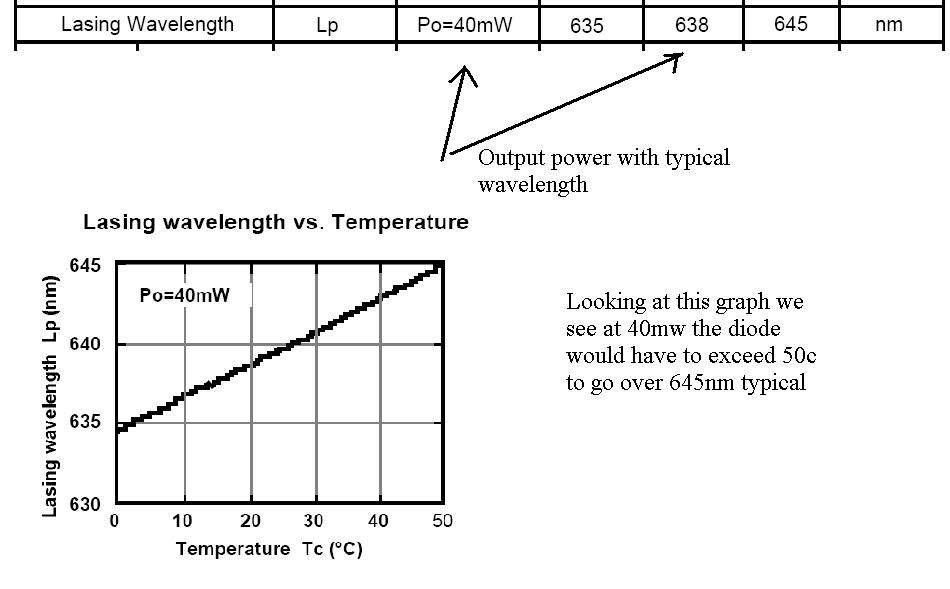Blord
0
- Joined
- Dec 24, 2007
- Messages
- 5,356
- Points
- 0
I am puzzled about the wavelength of this red laser. On the left I have the 200mW red Dilda laser. This laser has a wavelength about 650nm. On the right side is the 40mW 635nm red diode from Ebay. This laser is running little overdriving at 120mA. Both laser have a comparibel brightness, maybe the Dilda has a slight edge.
In the middle is the mysterious red.
Who can give the estimated wavelength and the power of this laser. :shhh:
Left: red dilda, right 40mW 635nm LD and middle: ??

In the middle is the mysterious red.
Who can give the estimated wavelength and the power of this laser. :shhh:
Left: red dilda, right 40mW 635nm LD and middle: ??

Last edited:





